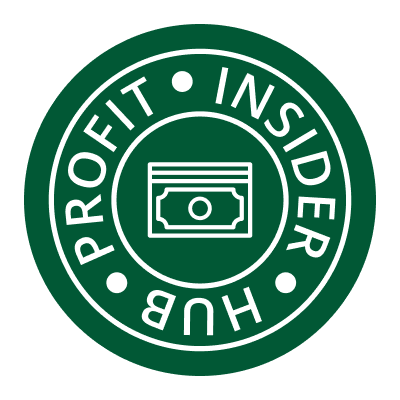UNICEF, the United Nations agency for children, has come up with a list of “marketing” tricks used by purveyors of unhealthy food which target children.
The agency, which is present in more than 190 countries and territories, quoted the latest Expanded National Nutrition Survey of the Department of Science and Technology-Food and Nutrition Research Institute (DoST-FNRI) which said that the number of overweight children in the Philippines has more than doubled from 2003 to 2021, rising from 4.9% of all children to 13% — considered “high” based on World Health Organization (WHO) standards.
“This rise is partly driven by aggressive marketing of unhealthy products like formula milk, sugary drinks, and ultra-processed snacks. These are often promoted through school events, influencers, and misleading health claims, blurring the line between education and advertising. Some promotions even violate laws such as the Philippine Milk Code and the Sugar-Sweetened Beverage Tax under the TRAIN Law,” said the agency.
According to UNICEF, the seven signs of misleading marketing strategies to watch out for are:
1. Creating worry, then offering a product as the solution. Some ads play on parental concerns like picky eating or poor appetite, offering packaged products as quick fixes instead of real nutrition advice. If an ad skips tips like serving a variety of whole foods or encouraging regular meals, it’s likely trying to sell the product — not guide parents on what their child needs.
2. Claiming expert approval without a clear background. Some ads or articles claim the product is “doctor-recommended” without naming the expert or disclosing their ties to the brand. Without clear credentials, these endorsements may not be reliable. Look for named sources and check if they’re independent. Assess the product’s nutrition label, ask a local health worker, or look up general recommendations from organizations like the Department of Health (DoH) or WHO about what children should be drinking or eating.
3. Selectively using research to promote product benefits. Some ads cite research or long-term studies to boost their credibility but often leave out key details like who conducted the study, who funded it, and how the results were interpreted. In some cases, only favorable results are shown, especially if the study was paid for by the company itself.
Parents should be cautious if it only claims things like “scientifically proven” or “backed by decades of research” without clear sources. Look for published studies or turn to trusted public health agencies like the DoH or WHO — not just what the label or ad says.
4. Loosely associating a product with credible organizations or programs. Some ads or articles mention or use logos of respected institutions like the DoH, WHO, or UNICEF to suggest endorsement — even if it was falsified or unauthorized. This can mislead parents into thinking the product is officially endorsed or approved by such institutions.
Parents should not rely on logos or familiar names alone. They should always verify endorsements through the organization’s official website or social media pages. If there’s no clear public statement or recommendation, the name may have been used without permission.
5. Using celebrities, influencers, or emotional language while mentioning a product. Some ads use celebrities or parental influencers to build trust and connection with emotional claims like “just what my baby needs,” without explaining the product’s actual nutritional facts.
Look for clear details — ingredients, nutritional value, or standards met. If the ad only uses feel-good messaging or a familiar face, it’s likely designed to persuade, not inform. Use the nutrition label and ingredient list, and check with public health sources like the DoH or WHO for guidance.
6. Luring children through toys, mascots, or giveaways. Some brands use cartoon mascots, toys, and colorful packaging to catch children’s attention but often leave out important nutrition details that parents need to decide what’s good for their child. See if the ad focuses more on fun and freebies than on actual nutrition. Watch out for:
• Cartoon mascots or cute animal characters
• Toys or collectibles included with the product
• Lines like “collect them all,” “free inside,” or “limited edition”
• Logos, apps, or videos that look like kids’ shows or games
These are signs that the product is being marketed to kids — not to inform you as a parent. Always look at the nutrition label and ingredient list before deciding.
7. Promoting brand events as health and wellness initiatives. Some companies sponsor school events, health and sports clinics, fun runs, and family wellness programs to make their food products seem health-focused while subtly promoting their products.
Watch out for free formula milk, sugary drinks, fortified snacks, or heavy branding that outweighs any real health information. If giveaways take center stage, the event may be promoting products more than wellness. It is still best to check with the DoH or school health guidelines to make healthy choices.
Before trusting any claim, check if the message includes real nutrition facts, reliable sources, and guidance from trusted health organizations. Choices matter, and having the right information helps parents make decisions based on what their children truly need, not what brands want to sell.

